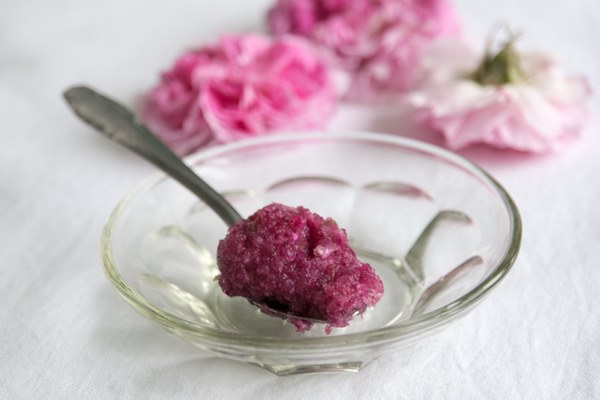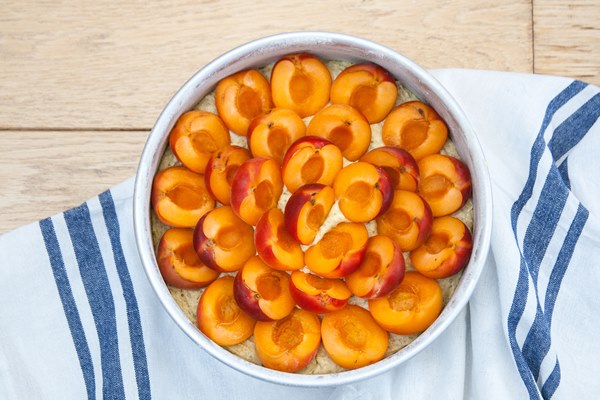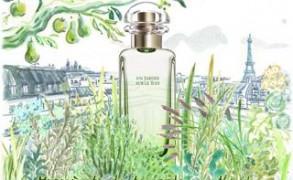Summers Under The Tamarind Tree and Grilled Spicy Chicken
Picking a favorite cuisine is not easy for me. I adore the lusty Ukrainian flavors of my childhood as well as the subtle interplay of nuances of Japanese cooking. Italian dishes, especially the Abruzzo specialties I learned as a teenager living in southern Italy, are the mainstay in my repertoire, food I turn to if I don’t know what else to cook. Persian delicacies like layered rices and stewed meats are what I make when I feel like playing with colors and flavors. And the cooking of the subcontinent, especially Pakistan and India, satisfies my perfumer’s sensibilities. Diverse though the cuisines are in different parts of the countries, they give me a chance to compose a dish as I would a fragrance by building accords and creating top, heart, and base notes.

Pakistani cuisine may be less known in comparison to Indian, but it boasts a splendid variety of dishes, from grilled meats to banana leaf steamed fish, from breads perfumed with saffron to rice garnished with dried fruit and nuts. It’s both a new and an old country. Formed in 1947, Pakistan bears the imprints of civilizations that succeeded each other, from the Indus Valley Civilization to the Greeks and the Mughals. As a place where different faiths met and different people traded, fought, loved and lived, it has a varied and rich food culture. Short of visiting a Pakistani family, one way to discover it is via Sumayya Usmani’s cookbook, Summers Under The Tamarind Tree: Recipes & Memories from Pakistan (public library).




















Aurora in Recommend Me a Perfume : April 2024: I don’t think they differ widely in scent, the EDT is punchier and a bit brighter in the top notes and the EDP clings more to the skin and lasts… April 26, 2024 at 2:27pm